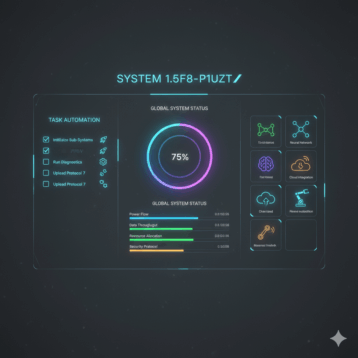MIT research student developed a unique physical/digital levitating device which can help people interact with computers in real 3D space. The new technology can be used for both educational and recreational purposes and it can even simulate different types of solar systems.
Jinha Lee from the MIT Media Lab Tangible Media Group and his colleagues created a special technology based on computer controlled electromagnets. Lee wanted to create a physical object that can float and move freely in the air and stay in place even without any human interaction.
So far most human-computer 3D interfaces allowed for a user to manipulate physical objects (a 3D mouse for example) in order to produce a virtual movement on the computer. The computer however was unable to create movement in the real world. Here is where Lee’s ZeroN changes the rules of the game by making it possible for both the user and the computer to manipulate 3D objects in the real world instead of only moving projections.
The following video shows the ZeroN in action as well as some possible uses.
More information on the ZeroN can be found on Jinha Lee page on the MIT Media Lab Tangible Media Group. If you are interested in some more technical information feel free to check out Lee’s original paper (PDF).
TFOT covered many advanced 3D interactive technologies including Intel Real Time 3D VR technology which highly resembles the “holographic” technology depicted in Steven Spielberg’s 2002 movie “Minority Report.” We have also covered the 360 degrees holographic display, where three-dimensional images can be seen from any angle at a reasonable distance, the Infosys’“real”hologram, where Infosys will be merging holography into mobile communications. Another interesting holographic technology covered by TFOT in the past is the Heliodisplay floating screen, which displays an image that hovers above a seemingly ordinary table. This unique technology, developed by a former architect, creates one of the most convincing open-air holographic-like images we encountered so far. Finally in 2008 we covered another advanced technology from MIT called 6D Display which creates a full three-dimensional look images that can also respond to their environment.











